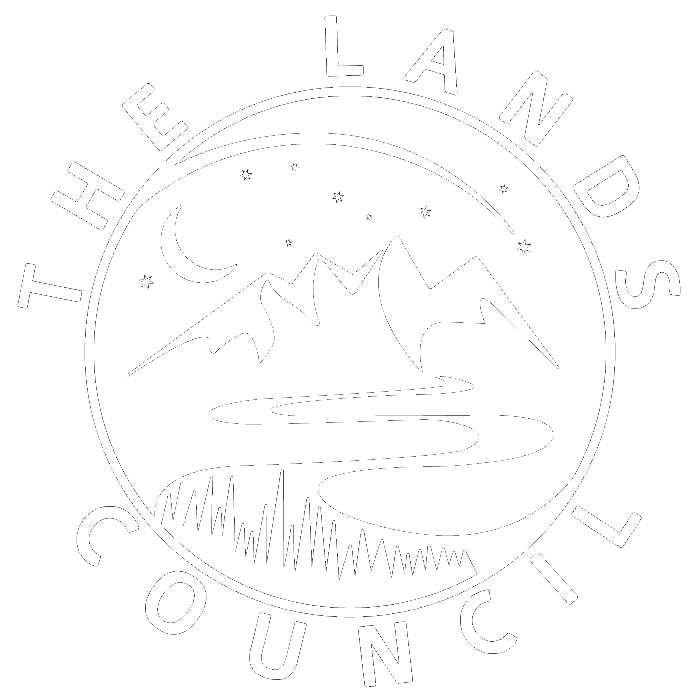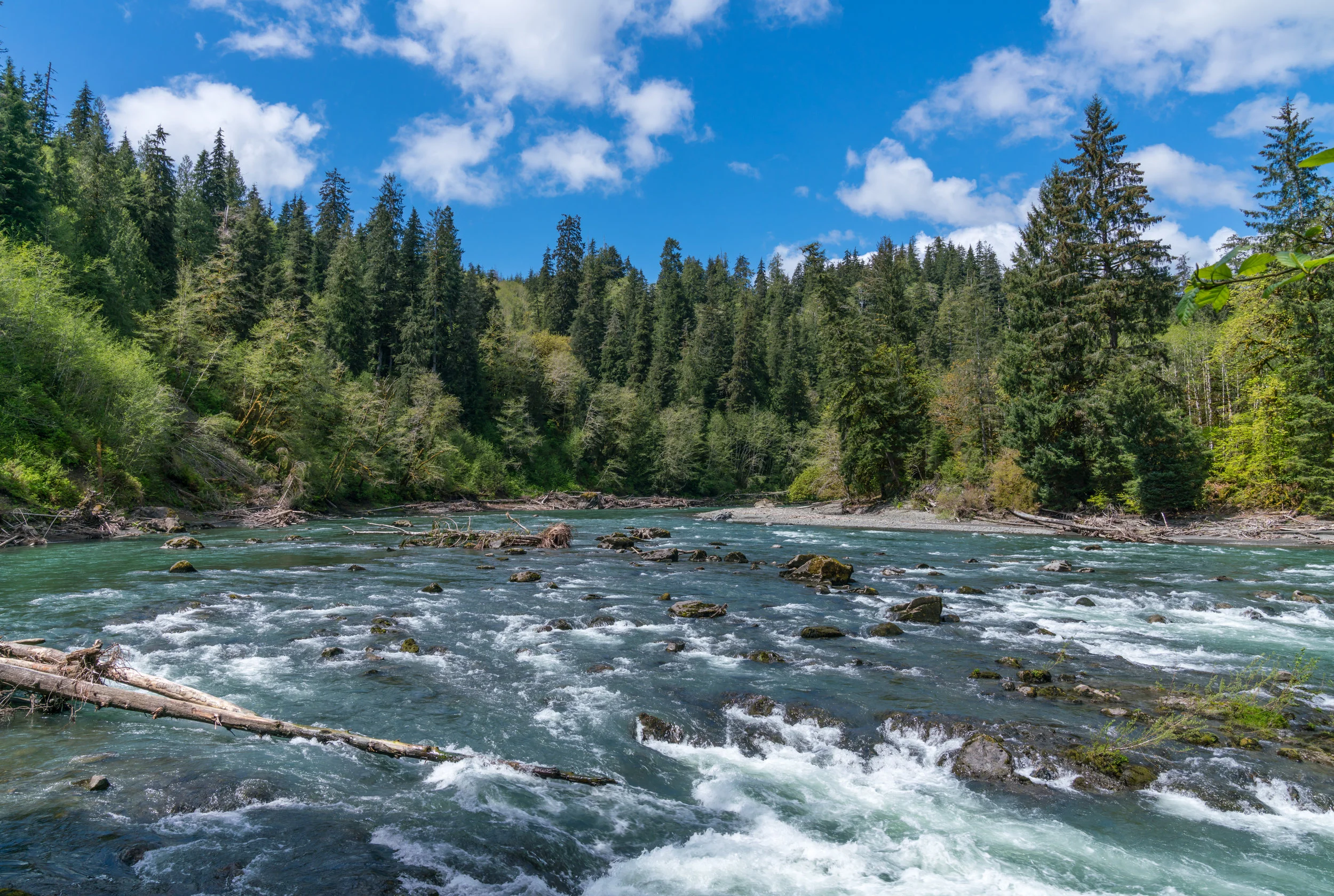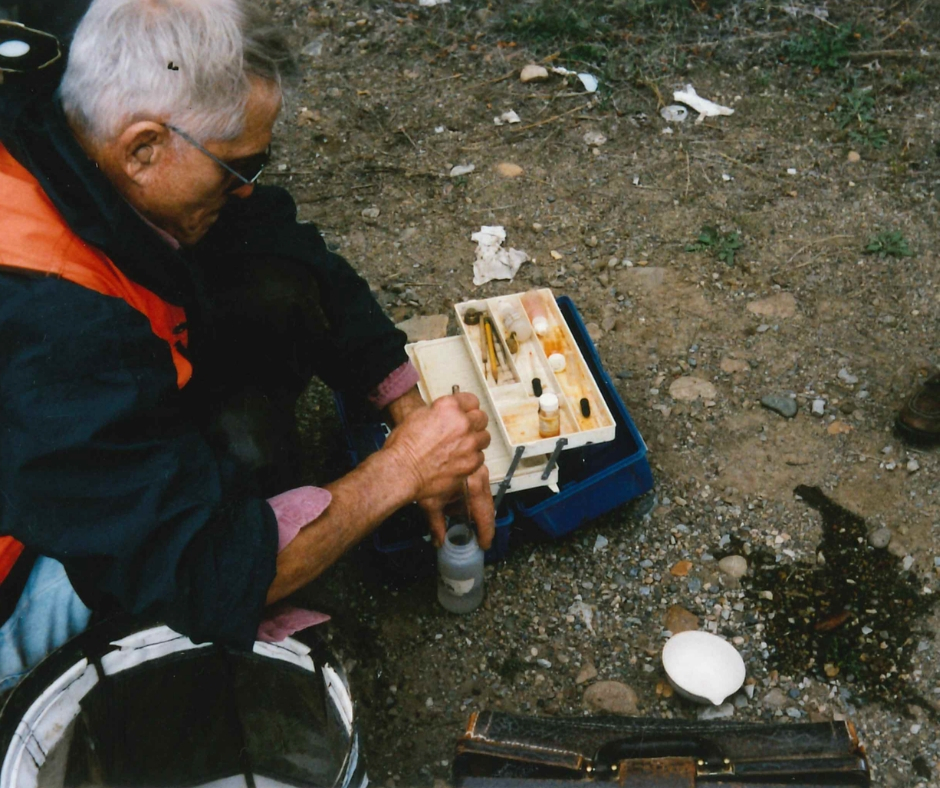for four decades, We have been fighting to protect and revitalize the northwest’s forests, water, and wildlife.
OUR STORY
We organized to protect our wild lands.
The Lands Council was inaugurated in 1983 at Sacred Heart and Deaconess Medical centers by a group of resident physicians committed to protecting wildlands in the St. Joe and Clearwater River regions of north Idaho. Our mission and scope of work expanded to include the protection and restoration of forest ecosystems, and rivers and lakes, primarily in north Idaho and eastern Washington, as well as northwestern Montana and northeastern Oregon. From our beginning we advocated for citizen participation in, and oversight of, decisions impacting our environment.
Teaching citizens to challenge illegal logging.
We were one of the first Forest Watch groups in the country and we taught citizens how to challenge illegal logging projects and successfully reduced clear cutting by 80% in our region. TLC was hard line, zero cut, and no compromise. We helped start, and led the National Forest Protection Alliance, which advocated an end to commercial logging. We also played a part in the Environmental Protection Agency (EPA) designating much of the South Fork of the Coeur d’Alene River as a Superfund site, which we called the Get the Lead Out Campaign.
Our success at reducing illegal logging eventually gave us an equal seat at the table and by 2001 we began using another tactic - collaboration. We have since helped start four forest collaborations that have led to protection of old growth forests and roadless areas. At the same time, we helped institute science based forest restoration - which has helped bring small diameter logs to the timber industry and increase forest resiliency.
OUR ACHIEVEMENTS
2024: TLC is a founding member of the Spokane Salmon Restoration Collaborative, SSRC, which received lead entity recognition from the WA State Governor’s Salmon Recovery Office, opening up restoration and funding opportunities the Spokane Watershed.
2023: TLC, working with other beaver believer groups engages in the Washington Beaver Working Group - working with beaver practitioners, state and federal agencies to promote the ecological benefits of beavers on the landscape.
2022: We installed three beaver coexistence devices, pond levelers, to reduce the impacts of beavers to infrastructure while allowing them to thrive in habitats that support them.
2021: Through SpoCanopy, we planted 200 trees in low-canopy and low-income neighborhoods in West Central and Northeast Spokane.
2021: We taught an environmental education course at Gonzaga focusing on the Spokane River, watershed, and aquifer.
2021: We were awarded nearly half a million dollars in EPA funding over the next three years to double our riparian restoration efforts throughout the Greater Spokane River watershed.
2021: We began the design of another bull trout habitat restoration project on Mill Creek in the Colville National Forest.
2020: We continued to educate hundreds of individuals on the health risks of toxic contamination in the Spokane River.
2020: Despite COVID and thanks to the help of hundreds of volunteers, we planted over 2,000 trees!
2020: We launched a brand new program called SpoCanopy to increase Spokane’s urban canopy and close the canopy-equity gap.
2019: With our partners, we designed and constructed a beaver dam analog (BDA) complex on Rattlers Run Creek and continued our multi-year wetlands excavation and riparian restoration work with middle school students on Marshall Creek.
2019: We became an official Winter Wildlands Alliance SnowSchool site.
2018: We worked with United States Forest Service to restore bull trout habitat on LeClerc Creek in the Colville National Forest.
2018: We were invited to Scandanavia as part of a Spokane Sustainability tour and are part of two post trip working groups here in Spokane.
2018: We helped pass a Spokane 100% renewable electricity ordinance, and are working to help pass at Washington State carbon fee.
2018: We are part of the Spokane Climate Impact Resiliency Consortium, an effort to prepare Spokane for impacts from climate change.
2017 to present: Collaborated in the development of the Voluntary Stewardship Plans for Pend Oreille, Stevens, and Spokane Counties in northeast Washington. These plans outline regionally-specific best management practices that agriculture can adopt to protect water resources.
2017 to present: We are meeting with state and federal agencies with a common sense plan to reduce livestock/wolf conflicts by moving livestock to restored low elevation meadows.
2016 to present: We are researching the use of fungi to break down PCB's and the results of Phase 1 indicated success. We are working with North Central High School students on Phase 2 of this project, and expanding our research to other contaminants.
2015: We built three storm gardens in Spokane using biochar to keep contaminated stormwater from the Spokane River.
2014: We established a campaign to reduce the coal and oil trains traveling through our region, and stop new facilities in Washington State.
2013: We established Project Green Sleeves with the Geiger Corrections Institute to provide jail-alternative sentencing options and educational opportunities for offenders. Through the Project, Geiger offenders plant trees, weed, water, start a plant nursery, and help with our stormwater.
2012 to present: As part of the Spokane River Toxics Taskforce, we are leading the country in removing PCB's from our river and products.
2011 to present: We work to protect and grow our native Ponderosa Pine forest and have planted thousands of Ponderosa pines.
2010 to present: We have begun restoring Hangman, Coulee, and Deep Creeks that flow into the Spokane River.
2010: We collaborated to form an agreement to remove Sullivan Creek Mill Pond Dam.
2010: We helped create a plan to improve dissolve oxygen and remove PCB’s from the Spokane River.
2009: We completed a study on natural water storage and began our Beaver Solution program that has relocated over 120 beavers.
2009: We contributed to the Clinton Roadless plan that protects roadless areas on National Forests.
2009: Participated in the Spokane climate task force that created Spokane’s Sustainability Action Plan.
2009: We created public support for a comprehensive Coeur d’Alene Lake Management Plan.
2009 to present: We have recruited thousands of volunteers to plant nearly 80,000 native trees and plants, and remove invasive species along the Spokane River and Hangman Creek.
2008: We initiated a lead education/screening project to protect at risk youth in our community from lead poisoning. Since the projects inception, we have educated over 1,600 families in Spokane neighborhoods and tested over 800 children for lead.
2006: To protect the Spokane River, we helped pass a statewide phosphorous ban on dishwasher soap and lawn fertilizers.
2005 to present: Through our environmental health program, we have educated over 12,000 Spokane citizens about the dangers of exposure to toxins in the Spokane River.
2005 to present: We have informed thousands of people about eating contaminated fish in the Spokane River.
2003: We helped secure funding for an aquifer study of the Spokane Rathdrum Prairie Aquifer.
2002: We help establish collaborative groups on three national forests and found common goals in protecting new wilderness areas, as well as improved forest management.
2001: We reached an agreement between Kettle Range Conservation Group (KRCG) and U.S. Forest Service to protect endangered grizzly bears and woodland caribou in northeastern Washington.
2001: We met with over 1,000 rural residents and wrote 125 wildfire protection plans to help those people prepare for wildfire
1996: We created the “Get the Lead Out” Program to address mining contamination issues.
1990’s: We reduced clearcutting and roadbuilding by over 80% in our regions National Forests.



















